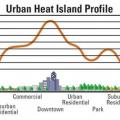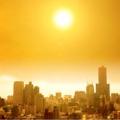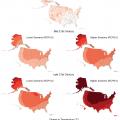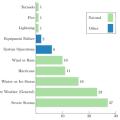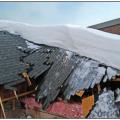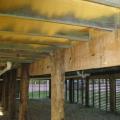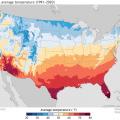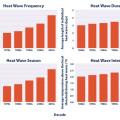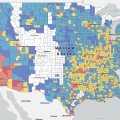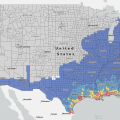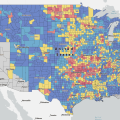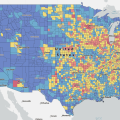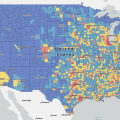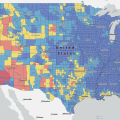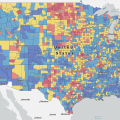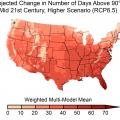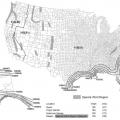Showing results 1 - 23 of 23
A dense concentration of buildings and pavement can create the Urban Heat Island Effect, where local temperatures can be several degrees higher than the surrounding areas
Air-Impermeable Insulation for Condensation Control in Unvented Attics, per IRC Table 806.5.
All populated regions in the United States can experience an extreme heat event, whether northern or southern, humid or dry, or urban or rural
Annual average temperatures have increased across North America when comparing the present day to the first half of the last century, and are projected to increase for mid-century and end-of-century relative to the near-present
Extreme weather, such as wind, fire, flood, or extreme heat (included in the Severe Weather category above) causes most large electric disturbance events in the U.S (defined as affecting at least 50,000 customers) (data from 2000-2016)
Pier foundations, hurricane strapping, borate- and pressure-treated lumber, and high-density spray foam insulation help protect this New Orleans home from costal flooding and storms (Source: Green Coast Enterprises).
Temperatures in deep undisturbed soil at a given location are approximately equal to the annual average air temperature for that location
The frequency, duration, and intensity of extreme heat events have increased every decade since the 1960s
The number of days per year that the temperature exceeds 90°F is expected to increase throughout the contiguous U.S. when comparing mid-century (2036-2065) to near-present (1976-2005)
